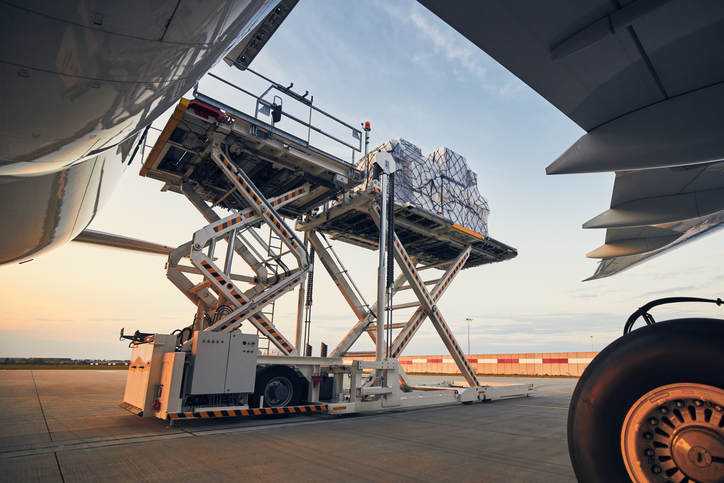
The Weekly Roar
In this week’s Roar: Air cargo demand up, speculation on the Red Sea, overcapacity on the ocean, regionalized nearshoring, and trucking safety.
Air cargo demand in China was up significantly in January, for the second month in a row when double-digit increases were recorded. Specifically, an 18.4% increase year-on-year, which is the highest since the summer of 2021. E-commerce is a major factor in the increase, although last year’s Lunar New Year took place in mid-January, so factories were closed for part of the month. And while air cargo demand is currently outpacing trade and production growth, there are concerns about the impact of China’s economic slowdown. The country’s current inflation rate is -0.8%, which is the lowest it’s been since the 2009 financial crisis.
Houthi attacks have changed the Red Sea’s busy maritime passage into a zone that many would prefer to avoid. The impact on global trade has meant disruptions as several shipping companies rerouted around the area. Higher costs and delays have become the norm, but the impact is expected to lessen over time, and there are hopes that the worst is behind us.
While shippers are dreaming that overcapacity will sink rates, it seems their hopes may be dashed. According to information shared at this year’s S&P TPM24 conference, the amount of overcapacity may have been overstated. Yes, there are a lot of new container ships on order, but the upcoming scrapping of older ships, a shift to smaller, more efficient vessels, and slow steaming practices are on the horizon. All of which could or should balance out the incoming overcapacity.
In an effort to build resilience — against geopolitical issues, a slowing economy, and changing consumer trends — many manufacturers are moving away from global supply chains and focusing on regionalized nearshoring. However, despite the obvious benefits, nearshoring isn’t without challenges. It’s difficult for manufacturers to cater to the end customer without resilient supply chains, but reducing reliance on a single source can improve responsiveness to customer demand.
The trucking industry is investing in safety to the tune of about $14 billion annually in technology and training. This is a significant increase from the $9.8 billion spent on safety in 2014. One initiative is the TechCelerate Now program. The FMCSA announced on March 4 that they’ve awarded a second contract to continue the program. This second phase is a four-year program to update current and develop new information and guidelines for advanced driver assistance systems (ADAS) technologies.
For the rest of the week’s top shipping news, check out the article highlights below.









